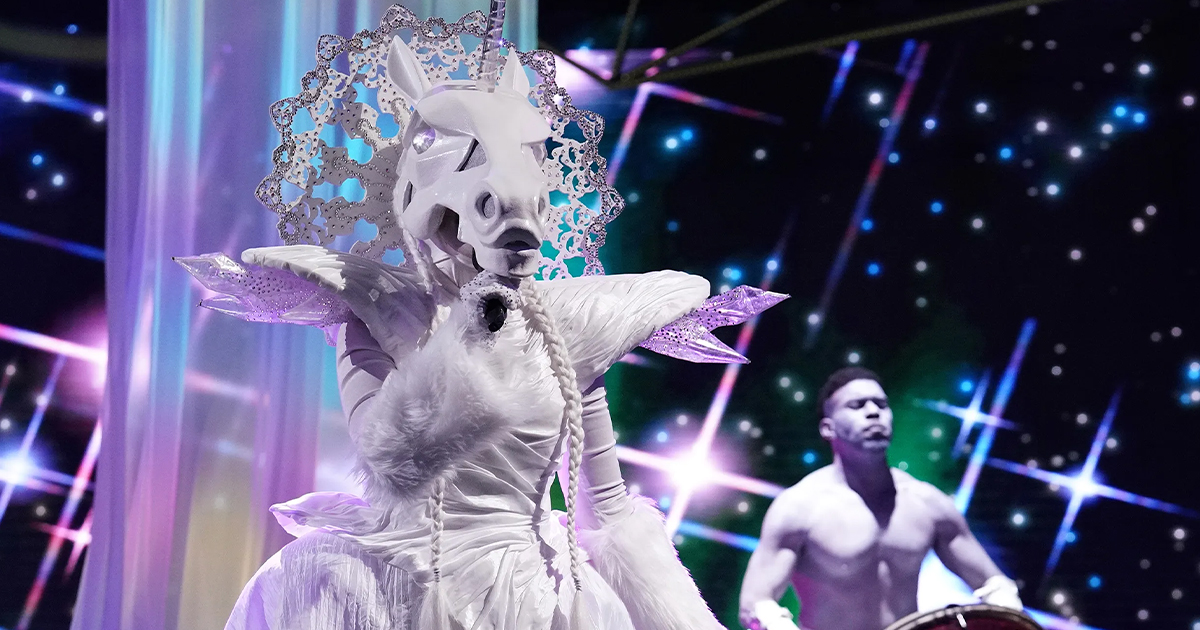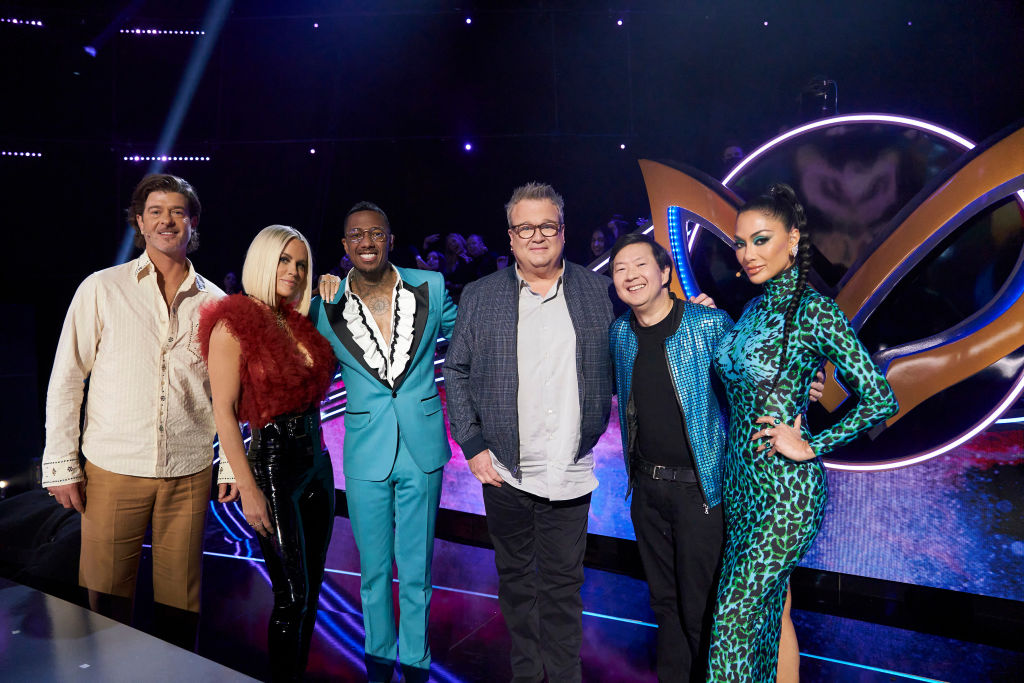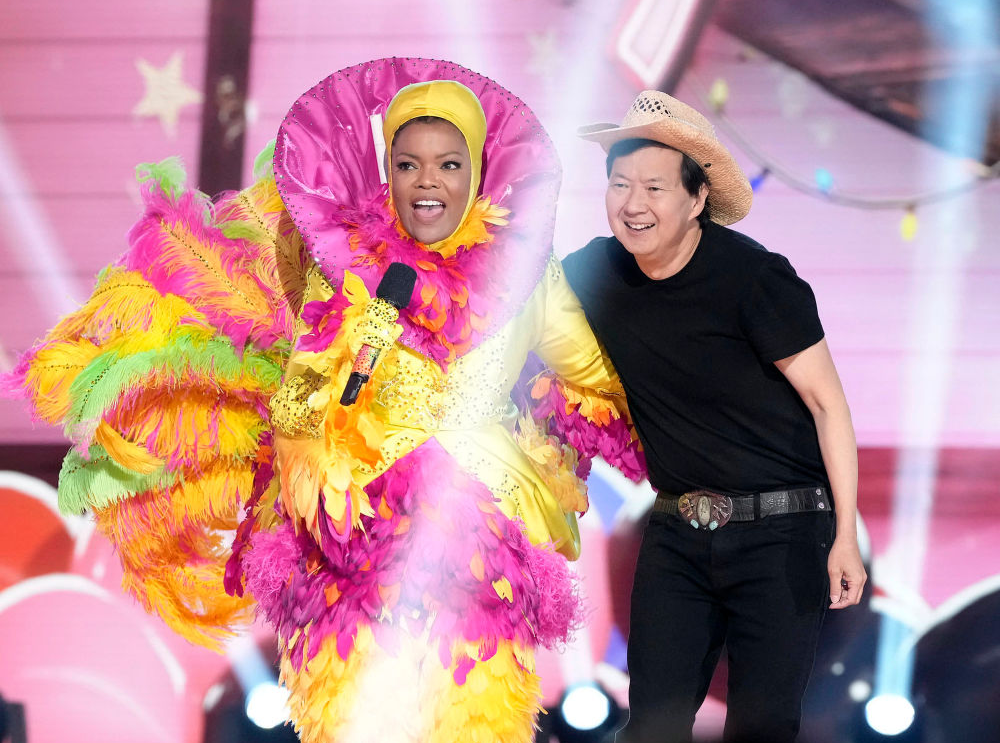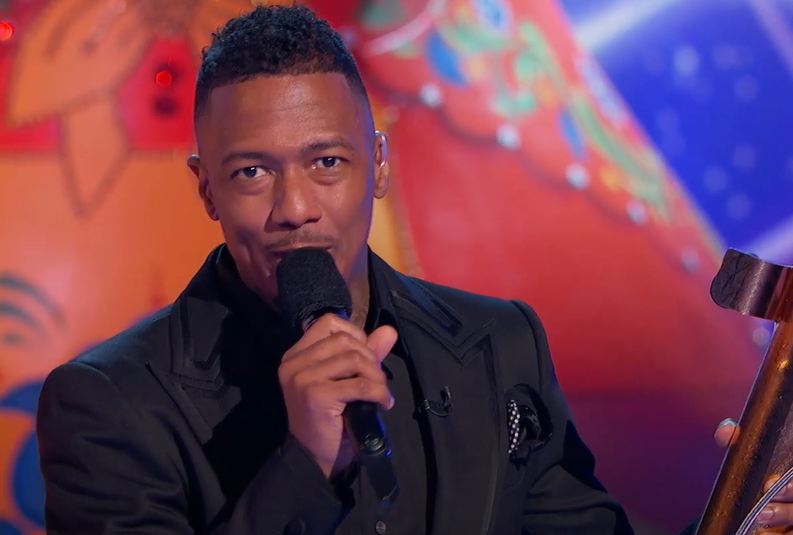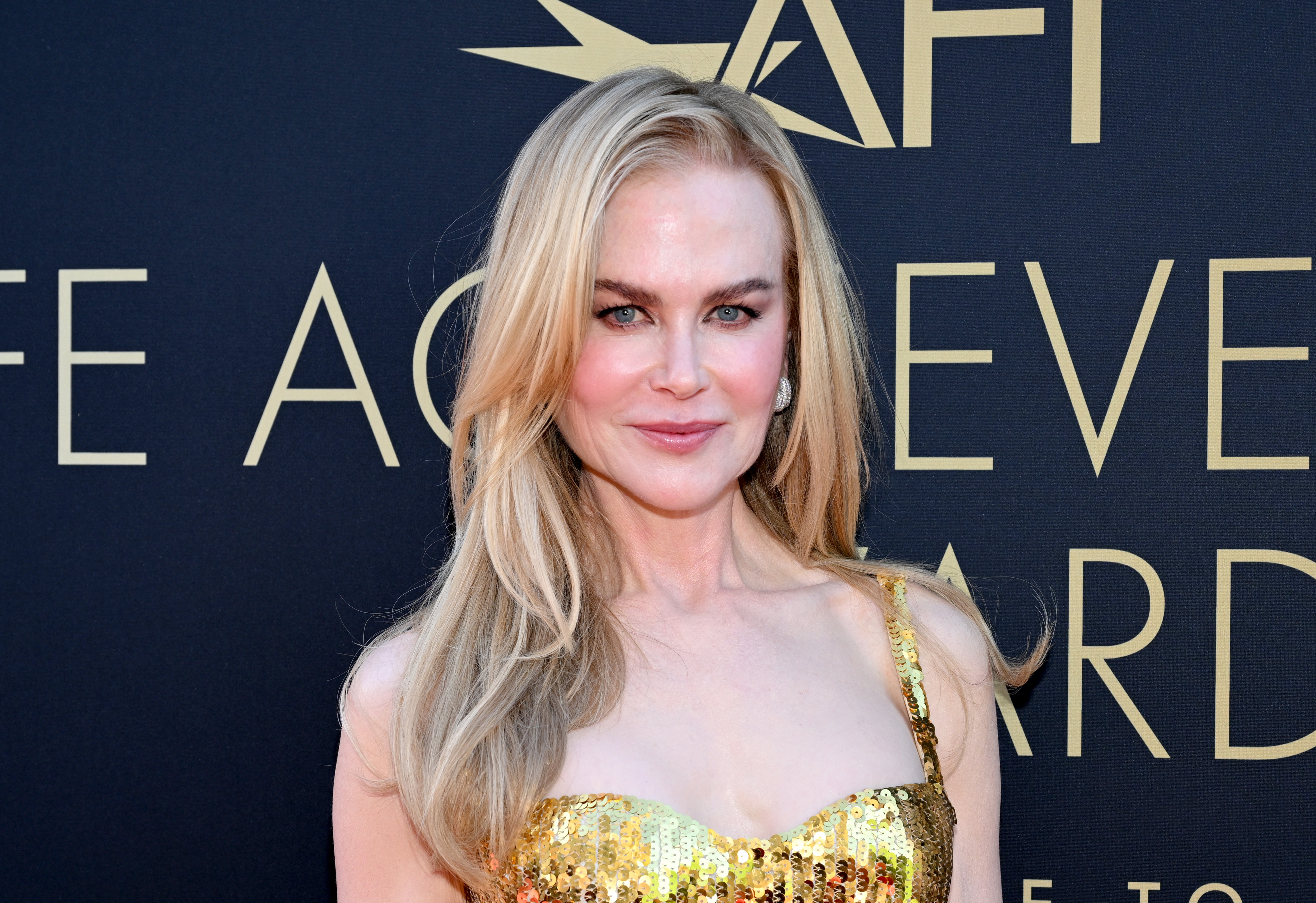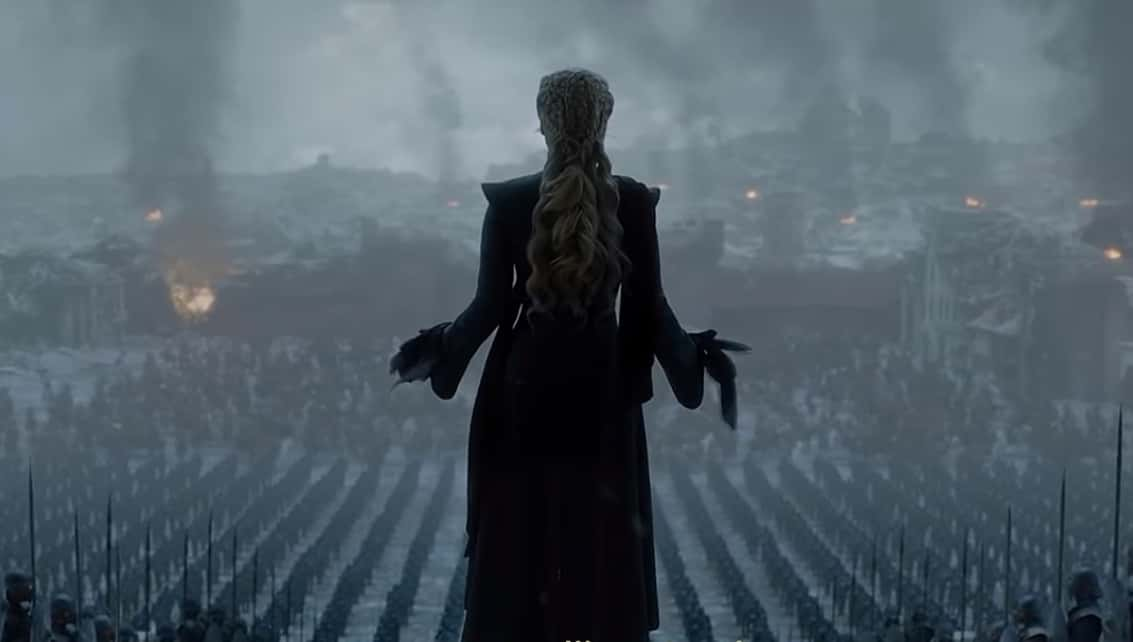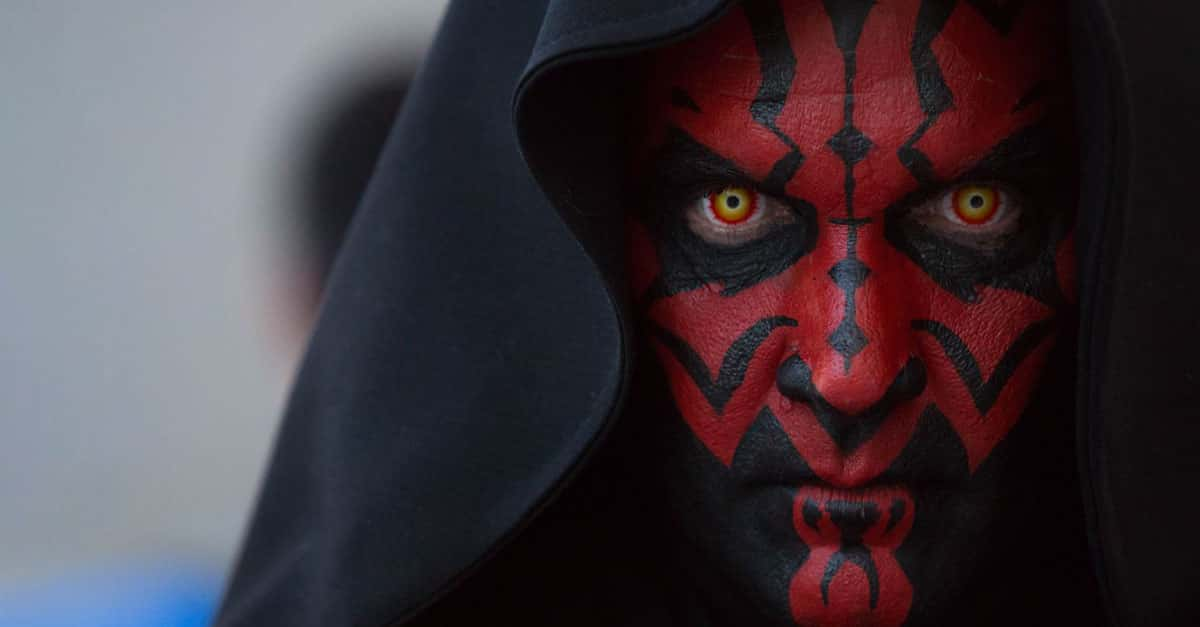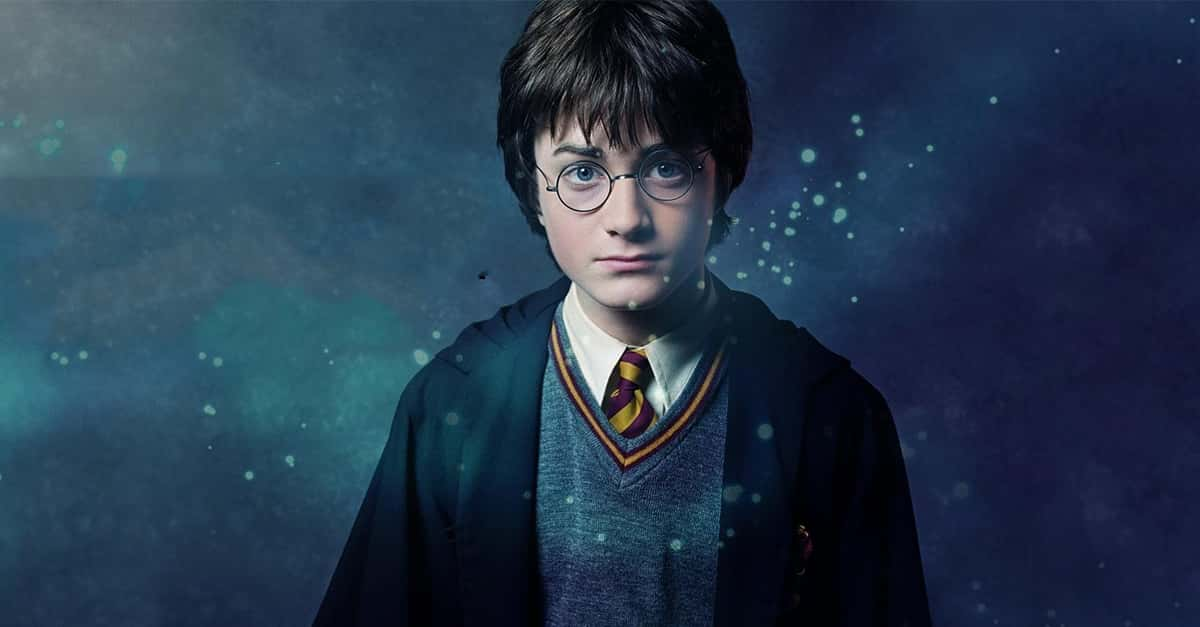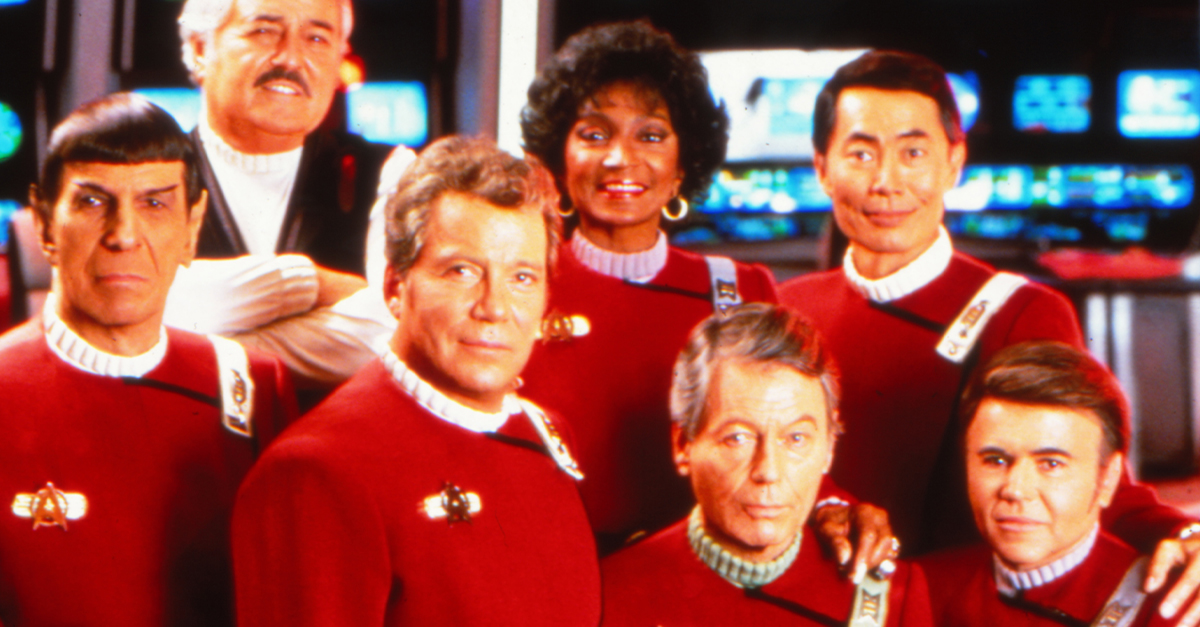Intricate Security, NDAs, And Bizarre Rules Of America’s Favorite Top-Secret Show
The Masked Singer (TMS) is the hit reality television show that took everyone by surprise when it debuted in 2019. Based on a similar South Korean show, a panel of judges, together with the audience, tries to guess the identities of celebrities who sing—and sometimes dance—while wearing spectacular costumes.
Keeping the contestants’ identities a secret until the very last unmasking of each season requires a lot of work behind the scenes. From requiring celebrities to hop into cars at 7-Elevens to banning everyone’s phone on the set, the protocols behind the scenes at TMS are intense and wild.
Celebrities Are Forewarned About The Security Measures
The show’s stringent security measures are unusual. Before a celebrity commits to appearing on the show, they’re fully briefed about security.
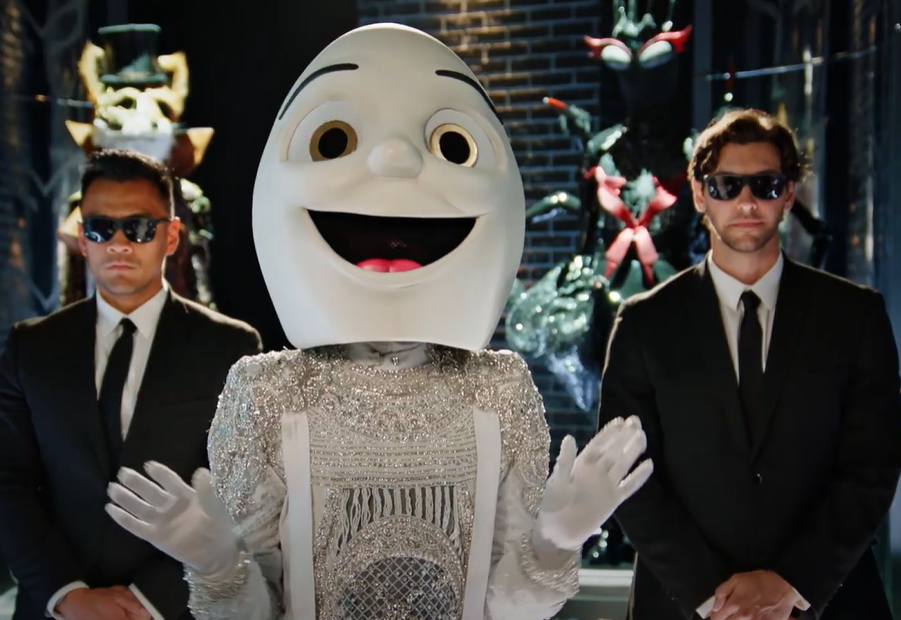 FOX, The Masked Singer (2019 - 2025)
FOX, The Masked Singer (2019 - 2025)
Contestants Can’t Use Their Own Cars
A contestant’s vehicle would provide a big clue regarding their identity. It would also make it easy for the paparazzi to follow them. Contestants are not allowed to come and go in their own cars.
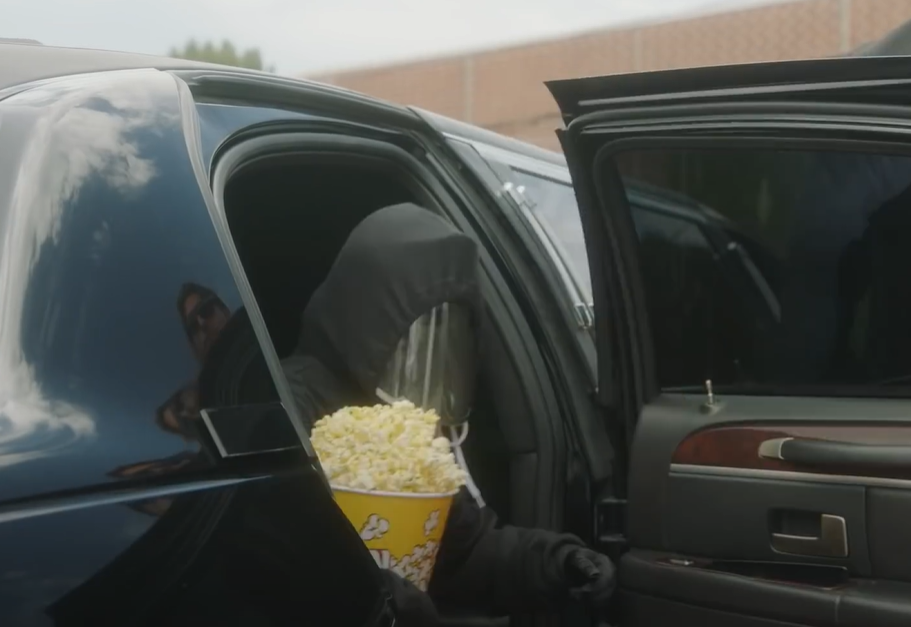 FOX, The Masked Singer (2019 - 2025)
FOX, The Masked Singer (2019 - 2025)
They Are Picked Up From Random Spots
The show provides cars and drivers to ferry contestants between random pickup spots and the sound stage. Joey Fatone met his driver at a 7-Eleven while Drew Carey met his at The Grove, a shopping center in Los Angeles.
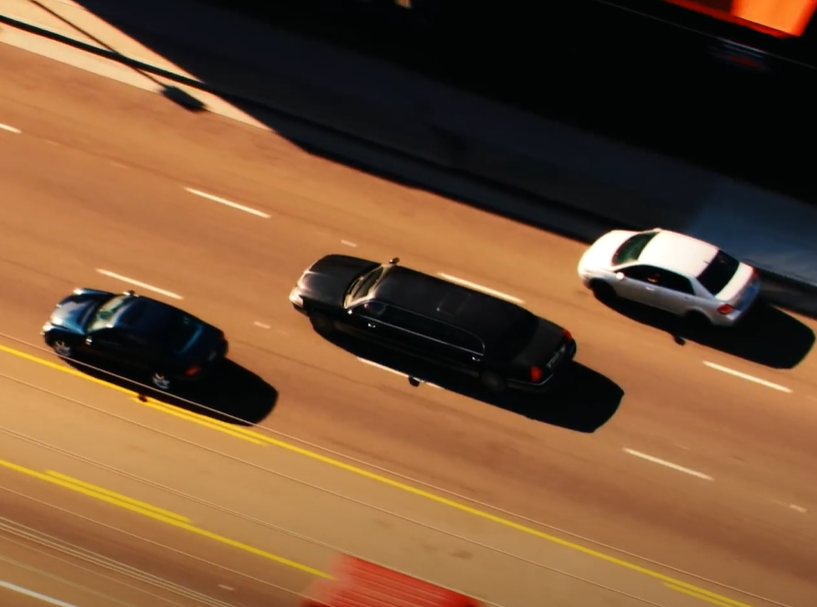 FOX, The Masked Singer (2019 - 2025)
FOX, The Masked Singer (2019 - 2025)
They Are Always Covered From Top To Toe
When not in costume, contestants need to be fully covered. They wear black hoodies with “Don’t Talk To Me” emblazoned on them, with the hoods fully pulled up. Each also wears a balaclava, visor, and gloves to cover every bit of their body. Sometimes, contestants will be asked to layer several sweatshirts, to disguise their body shape.
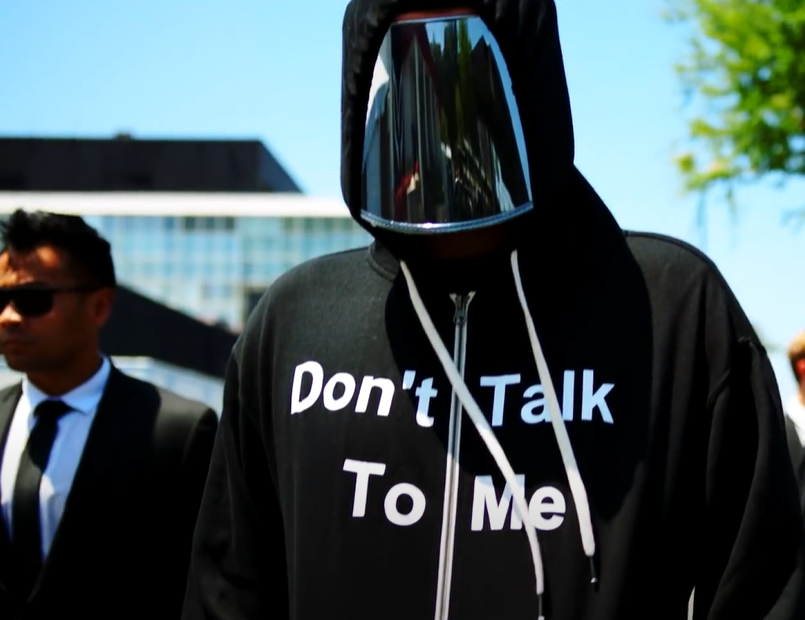 FOX, The Masked Singer (2019 - 2025)
FOX, The Masked Singer (2019 - 2025)
Everything Brought To The Set Has To Be Plain Black
To further limit the possibility of identifying the contestants, everything they bring to the set must be plain black (including things like ear pods) or carried in plain black bags.
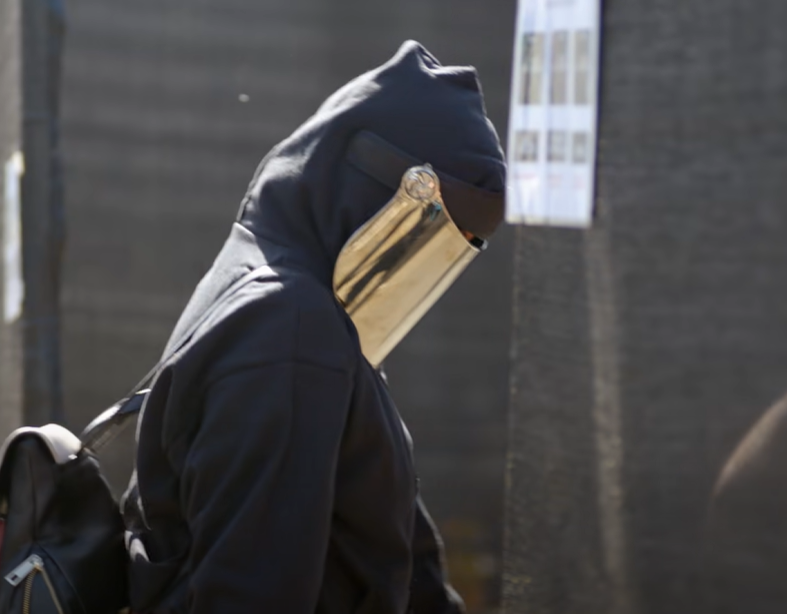 FOX, The Masked Singer (2019 - 2025)
FOX, The Masked Singer (2019 - 2025)
Contestants’ Guests Must Wear Disguises Too
A contestant’s manager, agent, or significant other would provide a huge clue to their identity. For that reason, anyone accompanying a contestant to the set must wear the same disguise of black hoodie, balaclava, visor, and gloves.
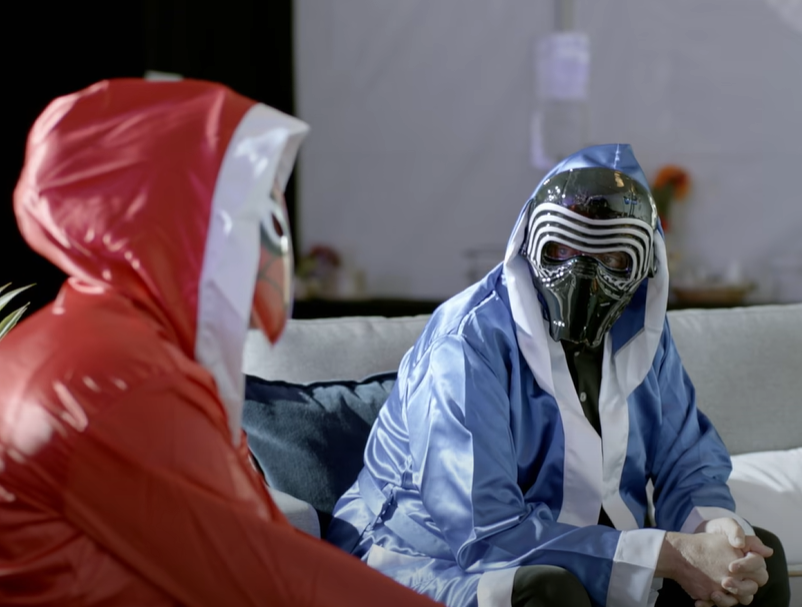 FOX, The Masked Singer (2019 - 2025)
FOX, The Masked Singer (2019 - 2025)
Every Contestant Is Sequestered Individually
Contestants are kept from the judges in a secure, highly guarded compound. They are also kept separate from each other. Each rehearses in a different spot and has their own dressing room and production team.
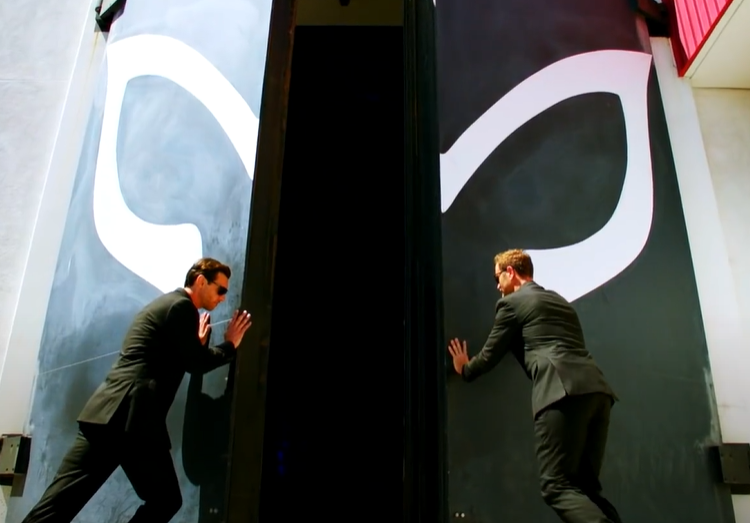 FOX, The Masked Singer (2019 - 2025)
FOX, The Masked Singer (2019 - 2025)
They Don’t Interact With Each Other
Interaction between contestants is prohibited. They are under strict orders not to talk to anyone.
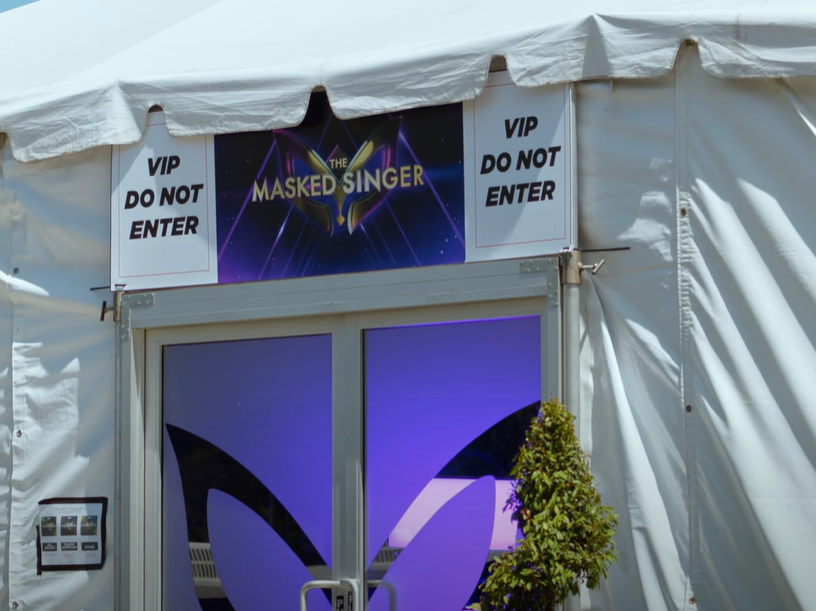 FOX, The Masked Singer (2019 - 2025)
FOX, The Masked Singer (2019 - 2025)
They Only Interact With The Judges On Stage
The judges aren’t involved in any off-camera work and, because the contestants are sequestered, there shouldn’t be any chance of interaction between the two groups off-stage. If a contestant and judge accidentally cross paths off-stage, communication is prohibited.
Only A Few People Know The Contestants’ Identities
Only a handful of people working off-camera know the identities of the contestants. It was reported in 2020 that only six people (out of about 250 working on the show) knew who the contestants really were.
Contestants Are Never Referred To By Name
Each contestant is assigned a code name, which is often an oblique reference to them. And then, once filming begins, they are usually referred to by the name of their costume (e.g., Lil Wayne was called “Robot” in season 3).
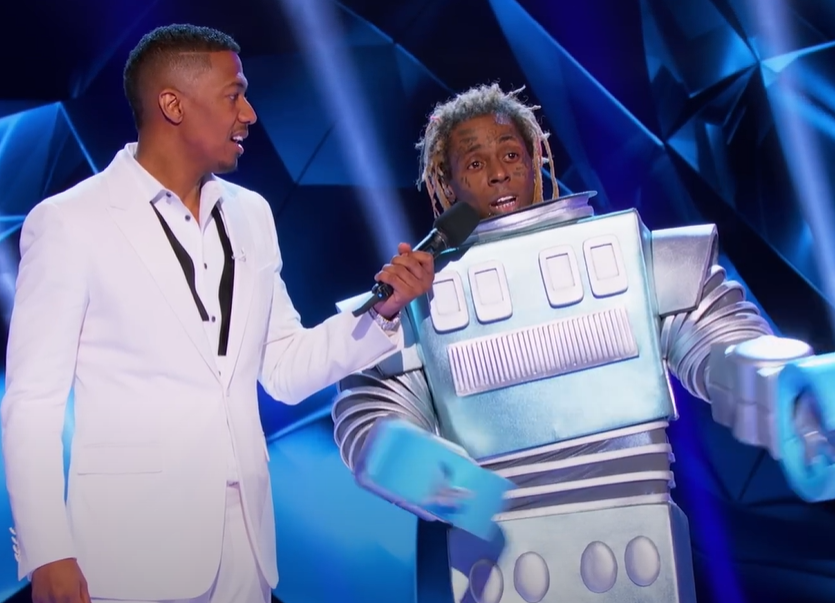 FOX, The Masked Singer (2019 - 2025)
FOX, The Masked Singer (2019 - 2025)
They Can Only Talk To Certain People
To keep their identities strictly under wraps, contestants may only speak to certain people. Those who know their identities—including the producers and each contestant’s choreographers—wear shirts emblazoned with, “You Can Talk To Me”. But even then, conversations are muted, disguised, or limited. Contestants might whisper or even use a whiteboard instead of speaking.
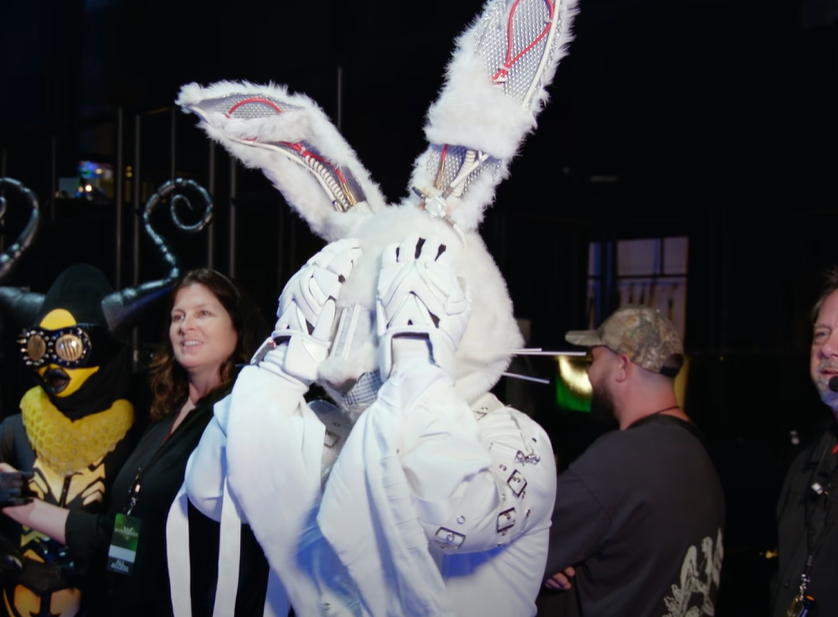 FOX, The Masked Singer (2019 - 2025)
FOX, The Masked Singer (2019 - 2025)
Their Voices Are Auto-Tuned On Stage—But Only When They Speak
The contestants’ voices are auto-tuned and scrambled when they speak on stage. However, although they’re allowed to naturally disguise their voices when they sing (e.g., by using an accent), their singing voices aren’t electronically altered.
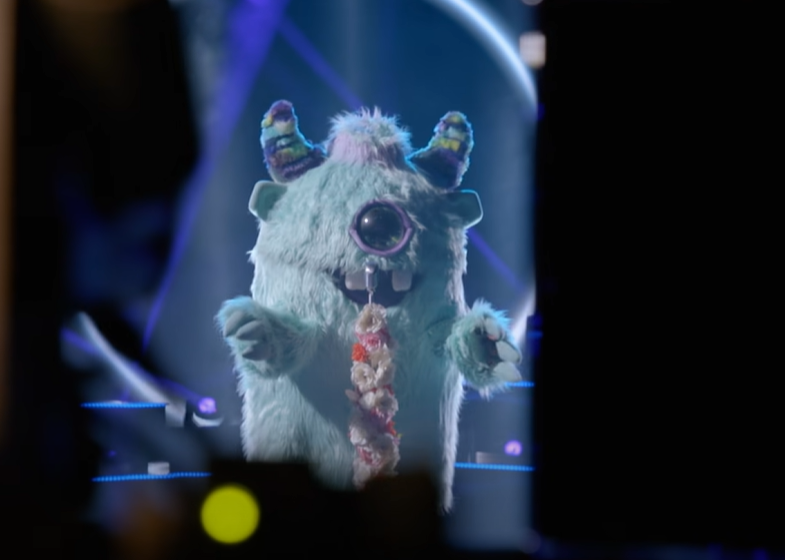 FOX, The Masked Singer (2019 - 2025)
FOX, The Masked Singer (2019 - 2025)
They Can Only Speak Briefly On Stage
They also have to keep on-stage conversations short. Each person’s unique cadence and word choices could provide clues to their identity if they speak too much.
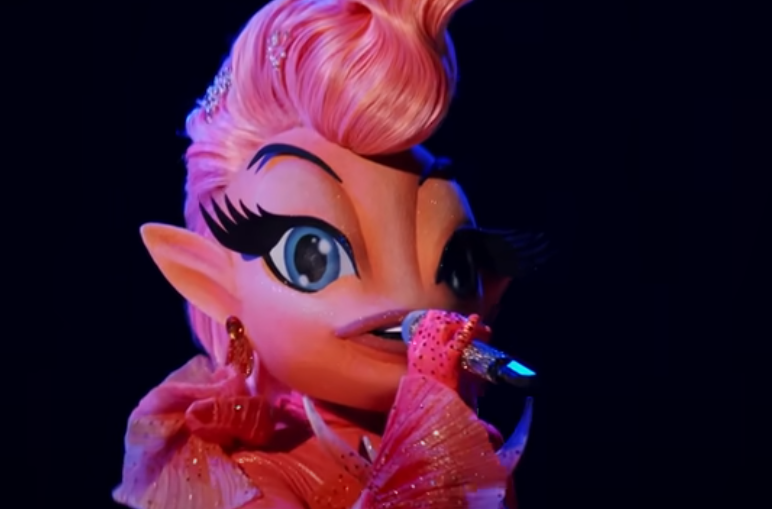 FOX, The Masked Singer (2019 - 2025)
FOX, The Masked Singer (2019 - 2025)
The Costumes Are Personalized
Each costume is designed specifically for the contestant who will be wearing it. Once a celebrity agrees to be on the show, the TMS team makes a deep dive into the contestant’s life history, looking for something significant to link to the costume design.
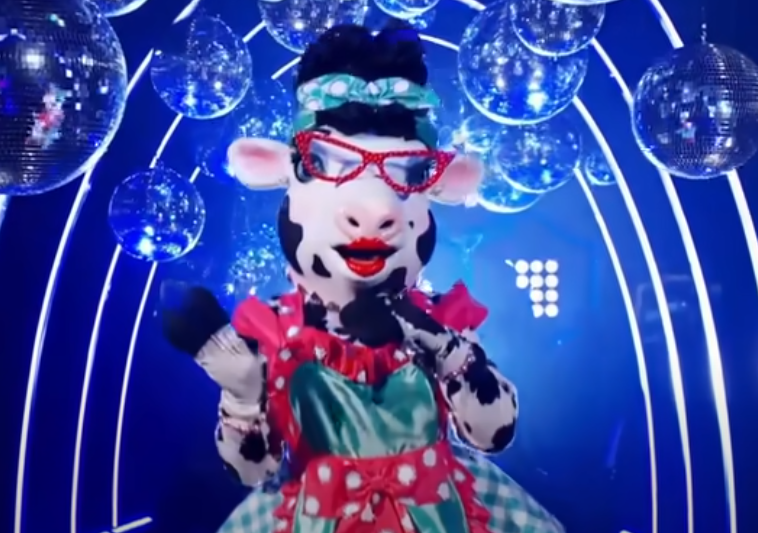 FOX, The Masked Singer (2019 - 2025)
FOX, The Masked Singer (2019 - 2025)
Costume Design Is A Collaborative Process
Most contestants are shown about 20 different costume designs and they get to pick the one to wear on the show. If they’d like changes to an existing design, the show works with them to incorporate those changes.
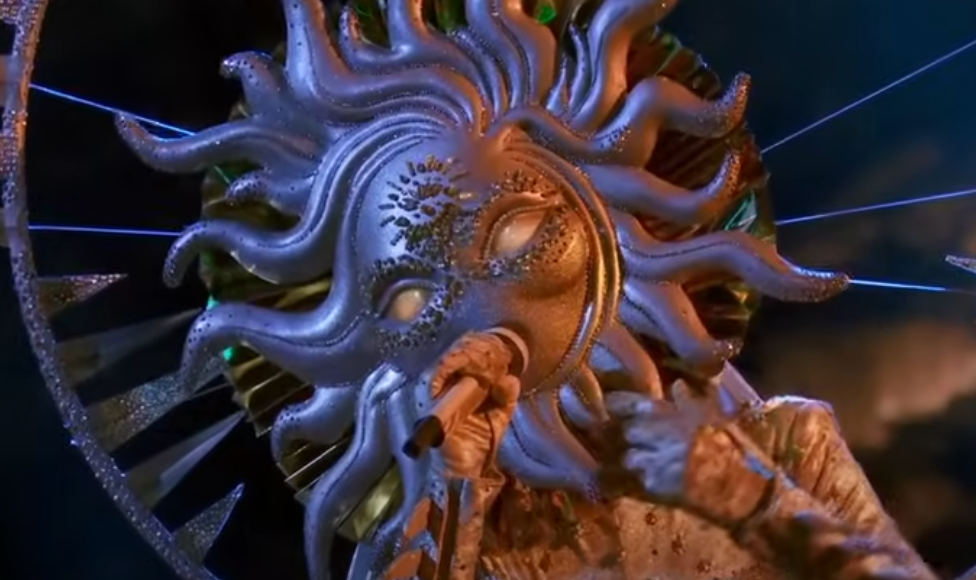 FOX, The Masked Singer (2019 - 2025)
FOX, The Masked Singer (2019 - 2025)
Extra Costumes Are Made
Although each contestant chooses just one costume idea, the TMS team makes extra costumes. About 20 costumes are made each season, even though there are only 12 contestants.
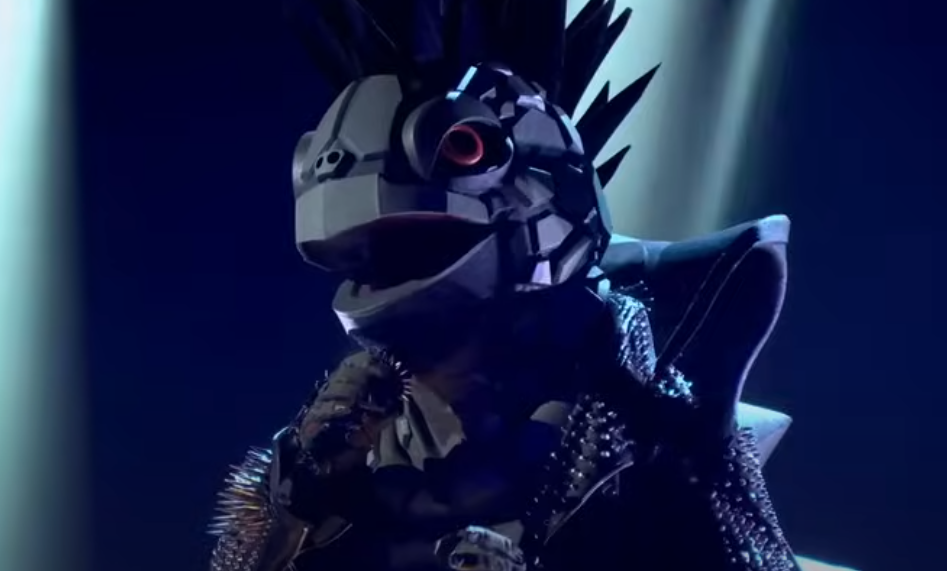 FOX, The Masked Singer (2019 - 2025)
FOX, The Masked Singer (2019 - 2025)
Dozens Of People Assist In Creating The Costumes
Although the show’s lead costume designers are often in the spotlight for their intricate designs, dozens of people assist with creating the costumes. They all have different skills. Some sculpt the masks while others work on painting, flocking, or sewing to complete the creations.
 FOX, The Masked Singer (2019 - 2025)
FOX, The Masked Singer (2019 - 2025)
Each Contestant Has A Team To Get Dressed
The costumes can also be difficult to don. Each contestant is assigned an entire team to help them get in and out of their costumes.
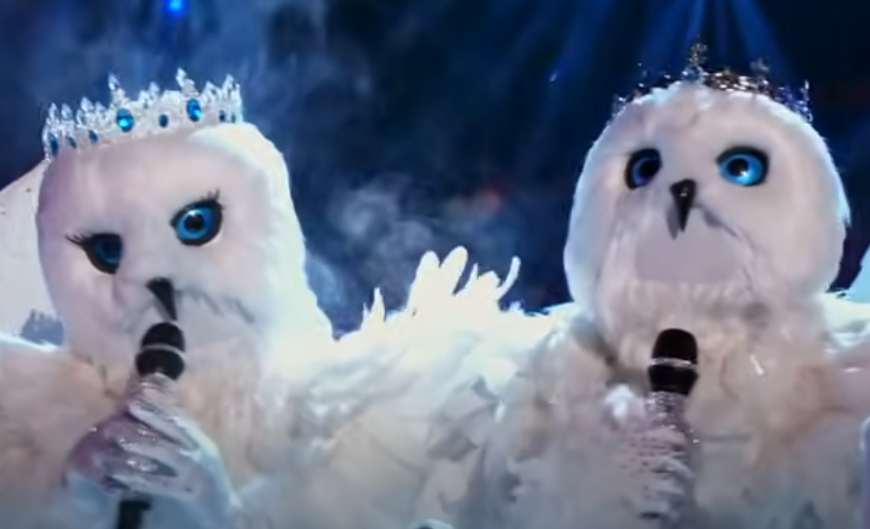 FOX, The Masked Singer (2019 - 2025)
FOX, The Masked Singer (2019 - 2025)
The Show Has Won Two Emmy Awards For Its Costumes
For the first six seasons, the show’s costumes were designed by Marina Toybina. The award-winning designer, known for her work on concert tours and television’s So You Think You Can Dance, is one of the world’s most in-demand costume designers. She added to her list of accolades by winning a Costume Designers Guild Award and two Emmy Awards for her work on TMS.
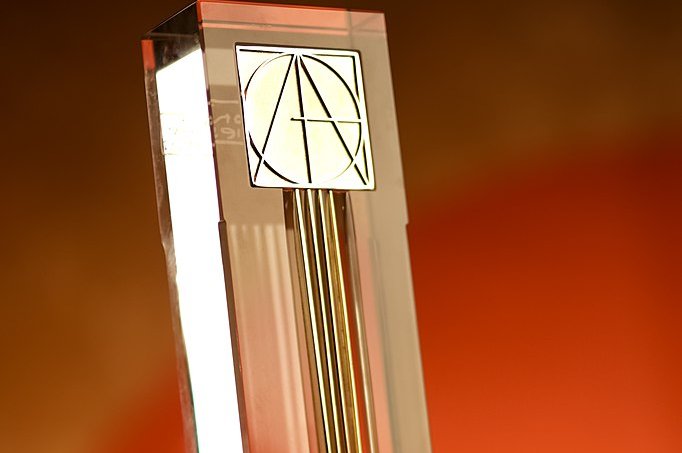 audouy, CC BY-SA 2.0, Wikimedia Commons
audouy, CC BY-SA 2.0, Wikimedia Commons
The Creation Of The Clue Packages Is Intense
Clue packages are prepared for each contestant. The clues need to be actual, relevant clues that provide insight into each contestant’s identity without easily giving it away. Contestants are interviewed in a deep dive to find clues that aren’t obvious or on Wikipedia.
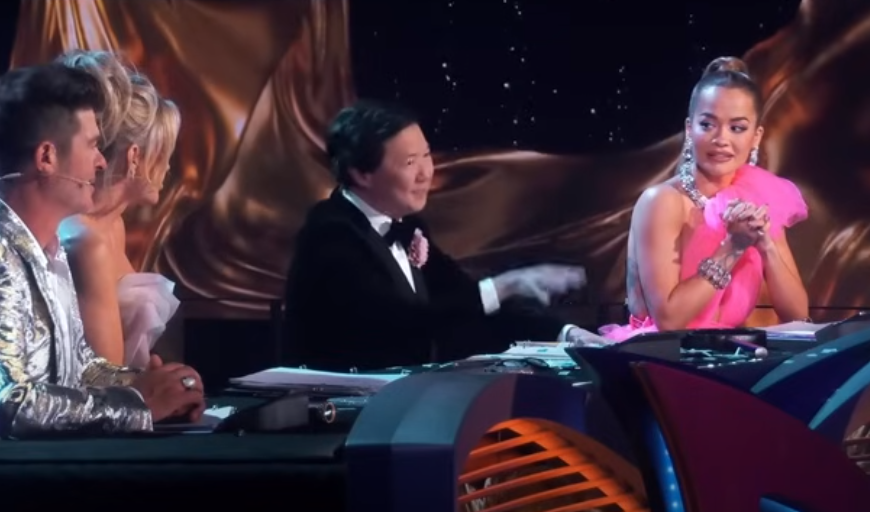 FOX, The Masked Singer (2019 - 2025)
FOX, The Masked Singer (2019 - 2025)
Each Contestant Narrates Their Clue Packages—With A Distorted Voice
The clue packages are presented before each performance—and the contestants narrate the presentations themselves using voice distortion technology. Stand-ins—wearing the contestants’ costumes—might be used for the video portion of the packages.
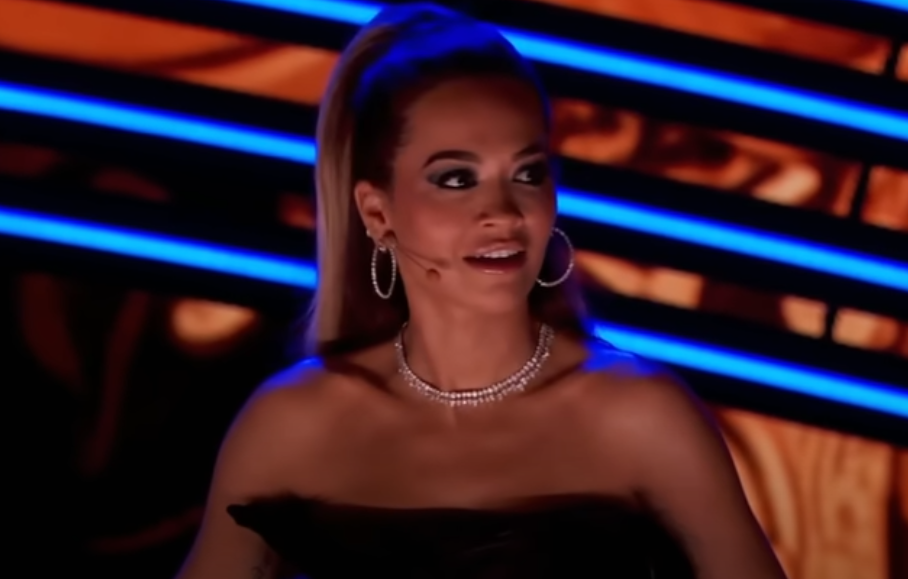 FOX, The Masked Singer (2019 - 2025)
FOX, The Masked Singer (2019 - 2025)
The Songs Are Chosen Collaboratively
The process of choosing songs has changed over the seasons. In the beginning, contestants often chose their songs with input from the producers. But since the introduction of theme nights in season 8, producers usually suggest appropriate songs, keeping in mind which will work best for each contestant’s voice.
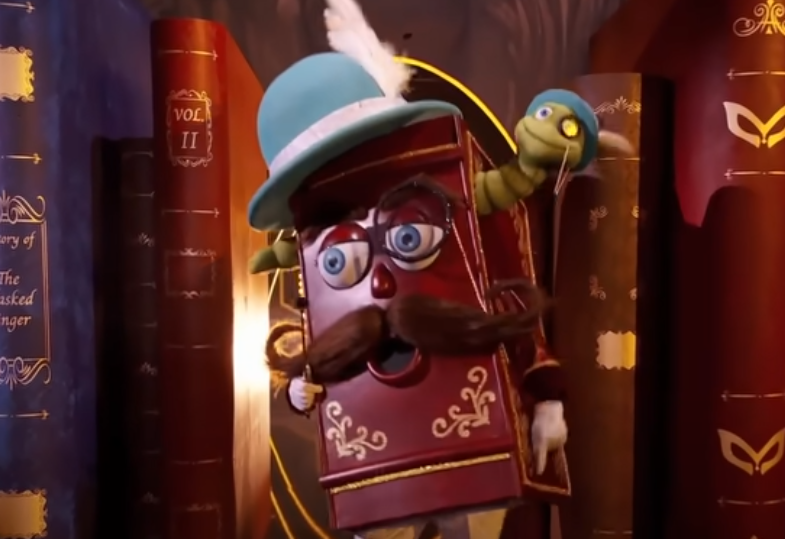 FOX, The Masked Singer (2019 - 2025)
FOX, The Masked Singer (2019 - 2025)
Unusual Song Genres Are Encouraged
To further cloak the identity of each contestant, the songs they sing are often outside of their expected genres. Sometimes they even sing songs in other languages, like Jewel did in season 6.
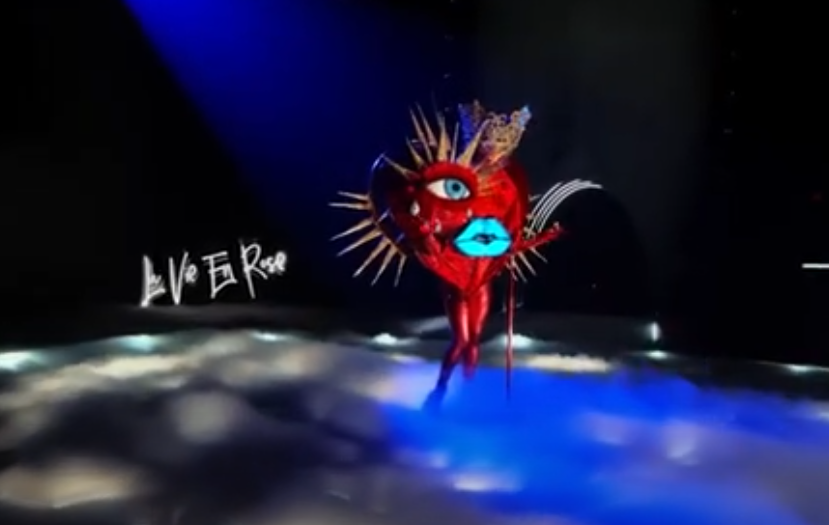 FOX, The Masked Singer (2019 - 2025)
FOX, The Masked Singer (2019 - 2025)
No One Gets Voice Lessons Or Auto-Tune
The show’s contestants aren’t all professional singers. The American edition of TMS has had contestants as diverse as Kermit the Frog, Billie Jean King, Sarah Palin, and Drew Carey appear on the show. Regardless of their vocal abilities—or lack thereof—no voice lessons or auto-tune are provided.
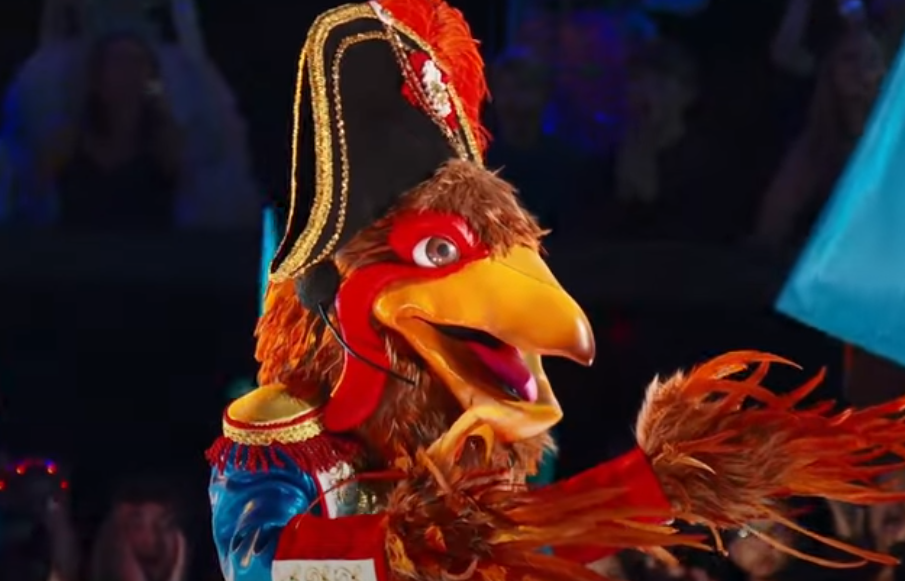 FOX, The Masked Singer (2019 - 2025)
FOX, The Masked Singer (2019 - 2025)
Rehearsal Times Are Strictly Scheduled
To avoid accidental interactions, rehearsal times are strictly scheduled. Only a contestant’s personal team, including their choreographer and backup dancers, is allowed in the rehearsal space with them.
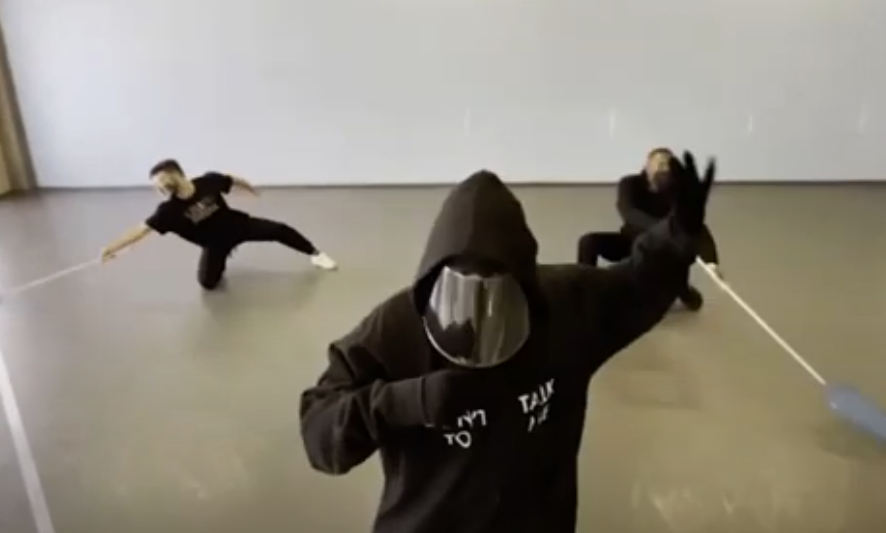 FOX, The Masked Singer (2019 - 2025)
FOX, The Masked Singer (2019 - 2025)
Contestants Must Be Disguised During Rehearsals
When rehearsing, contestants must wear their hoodie and mask disguise or their full costume. The backup dancers don’t know the identity of the contestants.
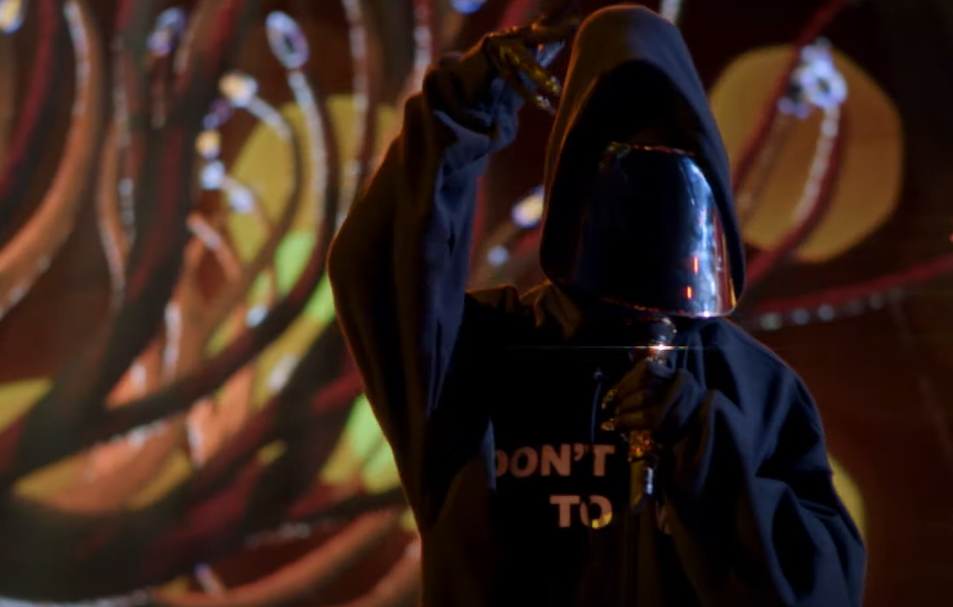 FOX, The Masked Singer (2019 - 2025)
FOX, The Masked Singer (2019 - 2025)
Contestants Don’t Rehearse In Front Of The Judges
Keeping the judges away from the rehearsal space helps to maintain the secrecy around the contestants’ identities. But it also adds to the authenticity of the show. The judges’ reactions when they see the contestants perform are fresh and unscripted.
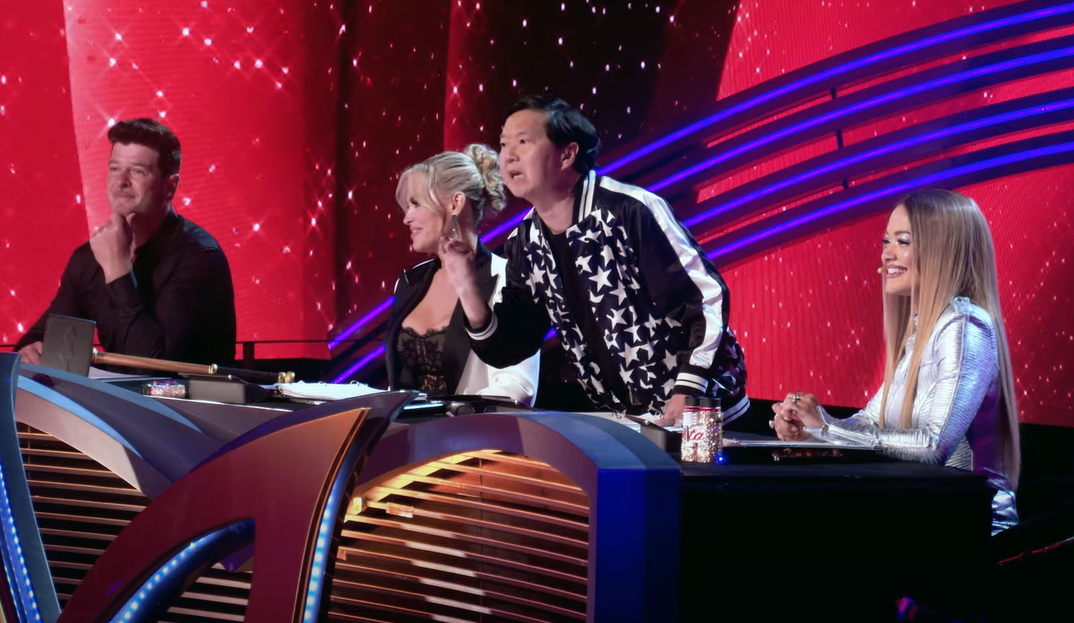 FOX, The Masked Singer (2019 - 2025)
FOX, The Masked Singer (2019 - 2025)
Sound Feeds Are Silenced
When the contestants are rehearsing, sound feeds across the lot are silenced. This eliminates the chance of anyone hearing their actual voices as they sing.
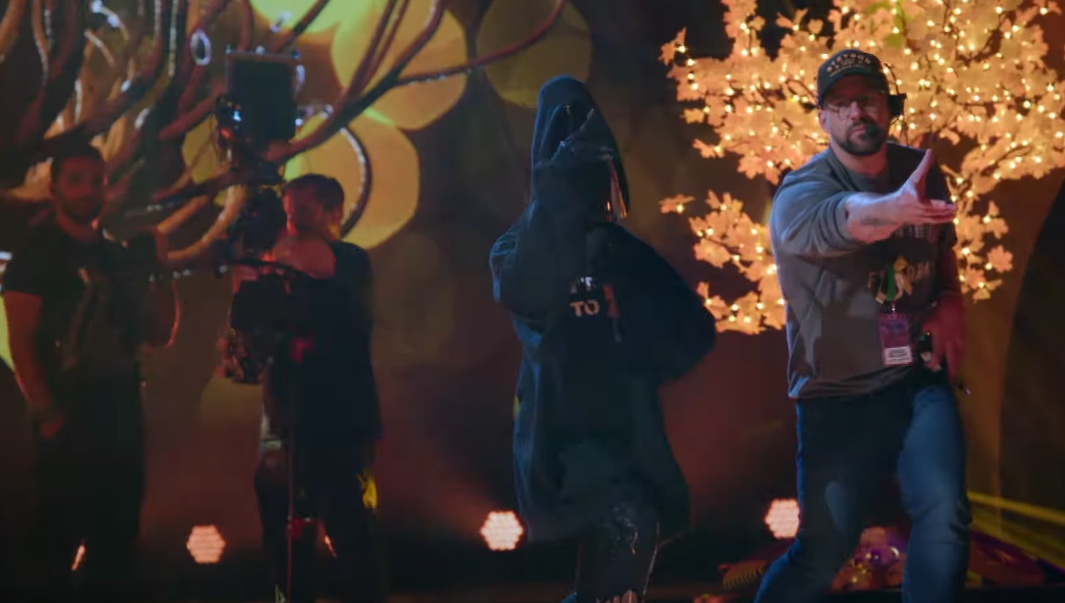 FOX, The Masked Singer (2019 - 2025)
FOX, The Masked Singer (2019 - 2025)
Almost All Phones Are Banned
Almost everyone on the set—including most staff and all audience members—must relinquish their phones and other electronics (including smartwatches). If an audience member absolutely must use their phone, the crew will make fun of them and make them wear a “shame sash” for the rest of the taping.
If A Phone Is Allowed, The Camera Is Disabled
On the rare occasions that a cell phone is allowed on set, the camera is blocked. The show’s executive producer, Craig Plestis, has said, “We have security that literally nonstop monitors to see if anybody is taking pictures".
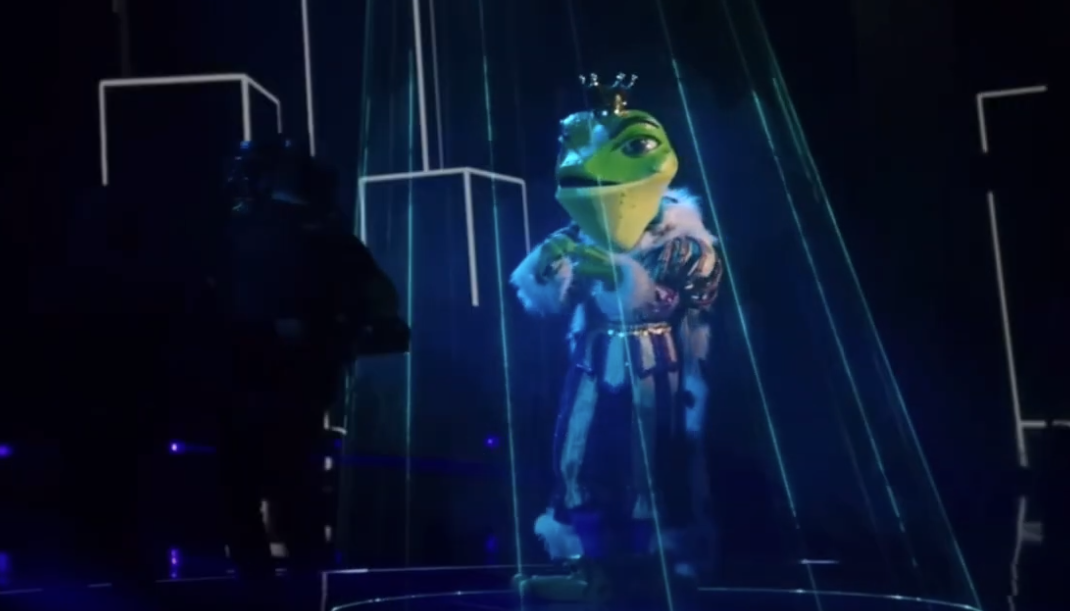 FOX, The Masked Singer (2019 - 2025)
FOX, The Masked Singer (2019 - 2025)
You Get An NDA, You Get An NDA, Everybody Gets An NDA
The show’s creators spend considerable efforts drawing up substantial non-disclosure agreements (NDAs). Contestants are allowed to tell a few people—such as their partners—about their participation in the show. Anyone who a contestant tells and anyone who accompanies a contestant to the lot needs to sign an NDA. And, of course, the contestants and all audience members must sign NDAs too.
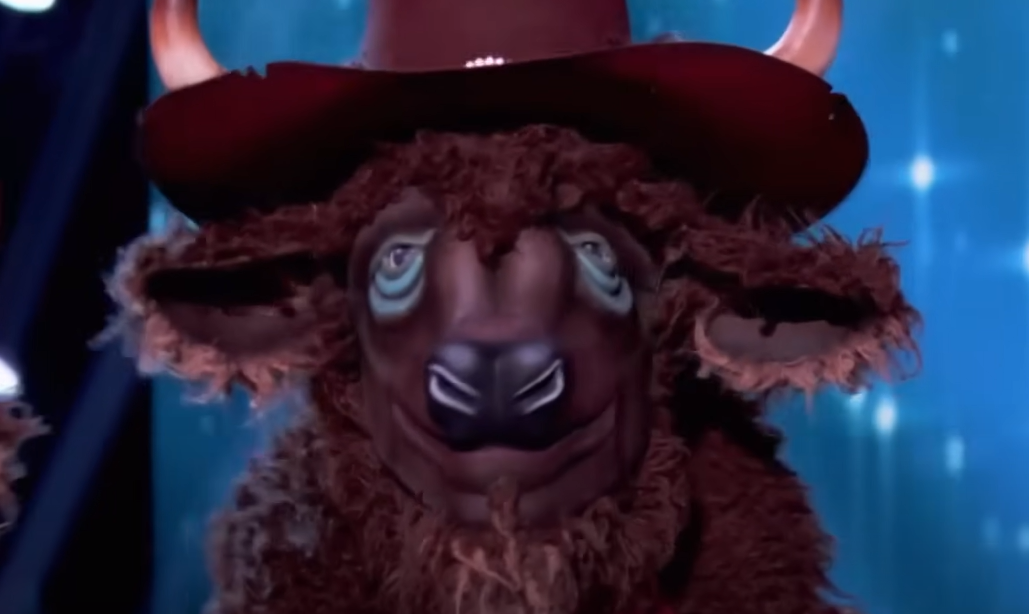 FOX, The Masked Singer (2019 - 2025)
FOX, The Masked Singer (2019 - 2025)
The Show Is Prerecorded
Although the show appears to be live, it is prerecorded. It can take up to 14 hours to film a single one-hour episode.
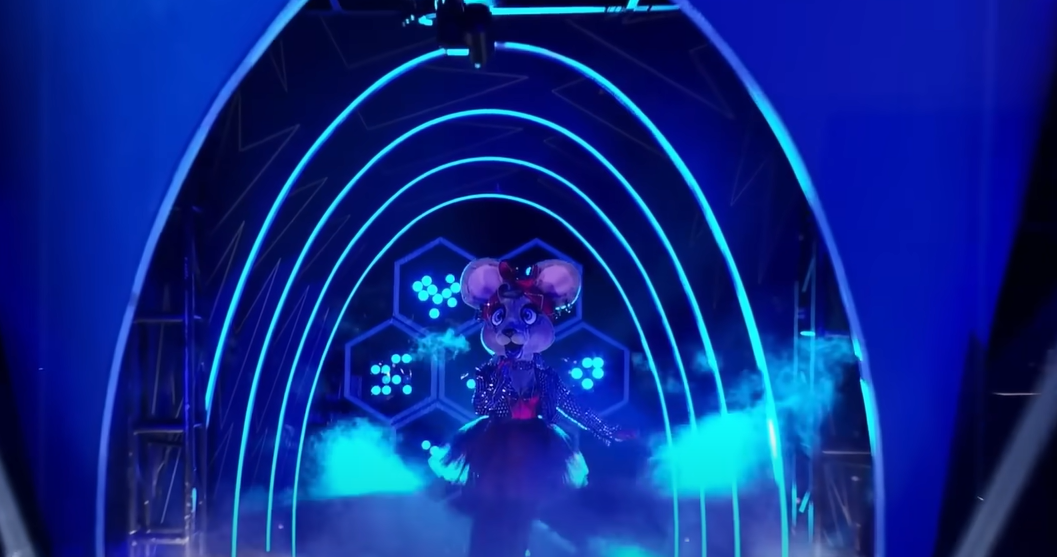 FOX, The Masked Singer (2019 - 2025)
FOX, The Masked Singer (2019 - 2025)
The Judges’ Responses Are Unscripted
It’s important to the show’s producers that the judges' responses are candid and authentic. They’re allowed to say—and guess—anything they like.
 FOX, The Masked Singer (2019 - 2025)
FOX, The Masked Singer (2019 - 2025)
Most Of The Audience Doesn’t See The Reveals
After a contestant is voted off, they start unmasking in front of the audience. However, the contestant is whisked off stage before the unmasking is completed. At that moment, most of the audience is sent home. Only a handful of people—usually those with ties to the contestant—stay for the full reveal.
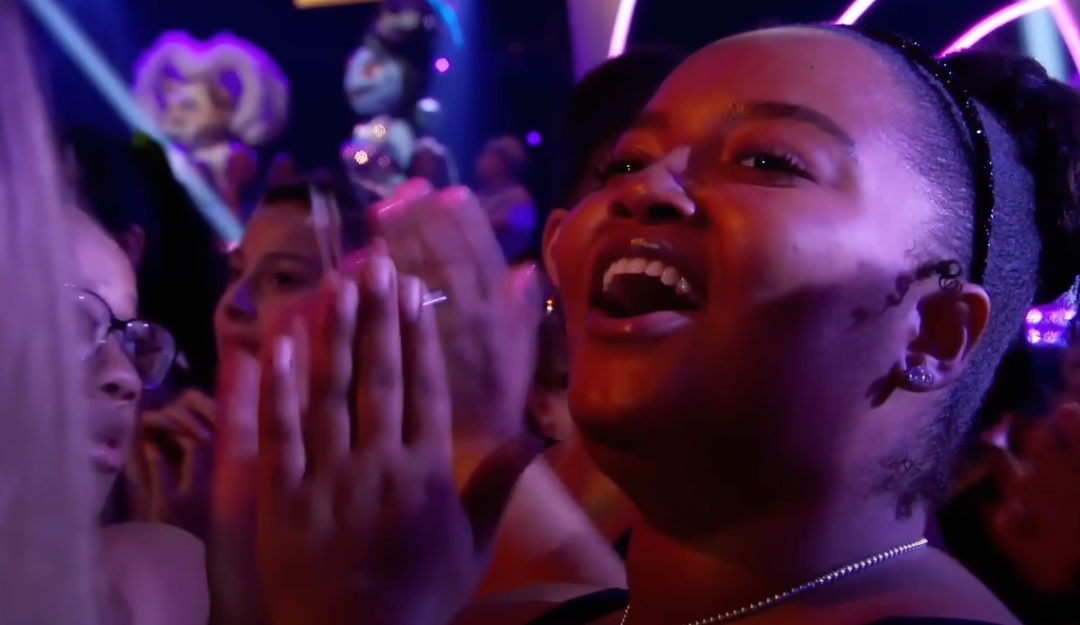 FOX, The Masked Singer (2019 - 2025)
FOX, The Masked Singer (2019 - 2025)
The Audience Reactions Are Fake
Since most of the audience doesn’t see the contestants once they’re fully unmasked, the audience reactions shown during each episode are fake. The audience is recorded as they pretend to be surprised—or not—and then they are sent home.
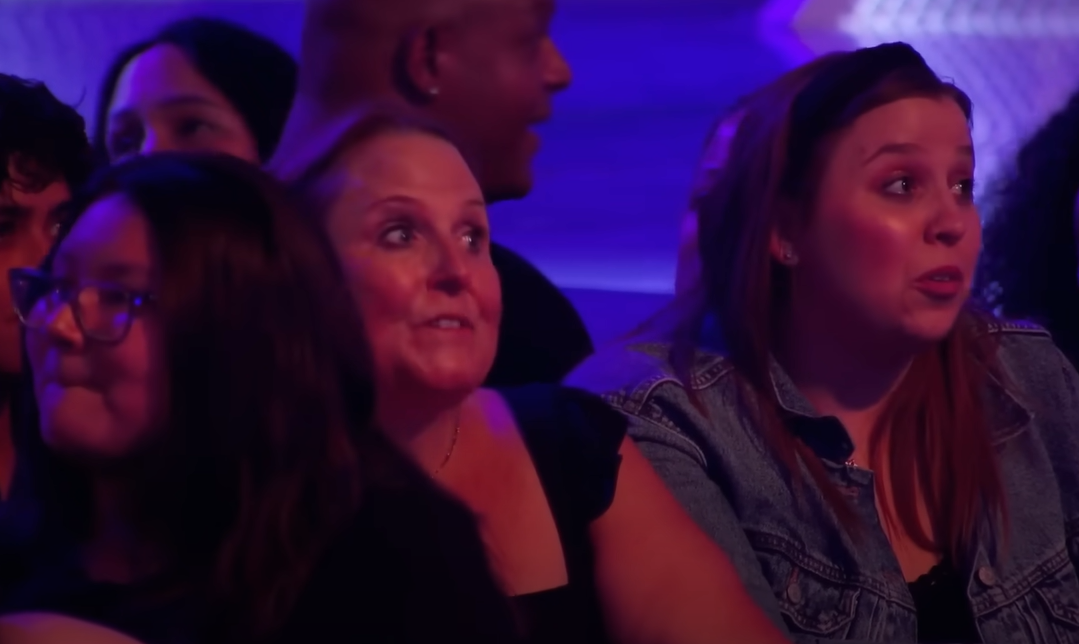 FOX, The Masked Singer (2019 - 2025)
FOX, The Masked Singer (2019 - 2025)
Contestants Get Their Glam On Before Appearing Fully Unmasked
It’s usually hot and uncomfortable in the show’s heavy costumes and contestants are often mussed up when they unmask. They’re taken backstage to have their hair and makeup fixed before they appear fully unmasked on stage.
 FOX, The Masked Singer (2019 - 2025)
FOX, The Masked Singer (2019 - 2025)
The Contestants Don’t Know Who Was Unmasked Until The Show Airs
Even the contestants themselves don’t know who is eliminated each week. Like everyone else, they only find out by watching the show once it airs.
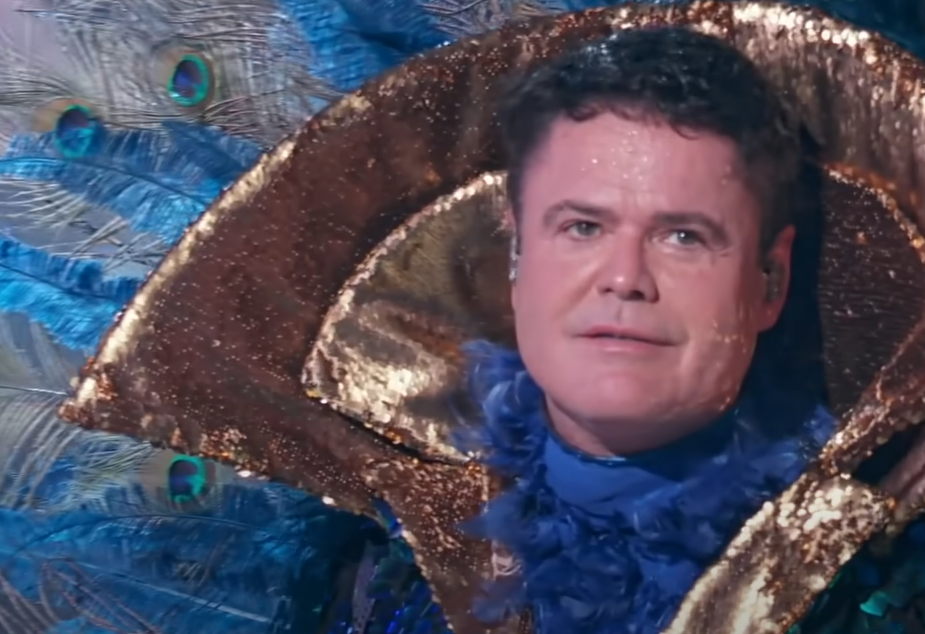 FOX, The Masked Singer (2019 - 2025)
FOX, The Masked Singer (2019 - 2025)
Some Celebrities Ask To Appear On The Show
Despite the intricate security measures, NDAs, and wacky costumes, some celebrities ask if they can be on the show. While it’s more usual for the producers to pitch the show to famous people, there have been cases where eager celebrities reached out first.
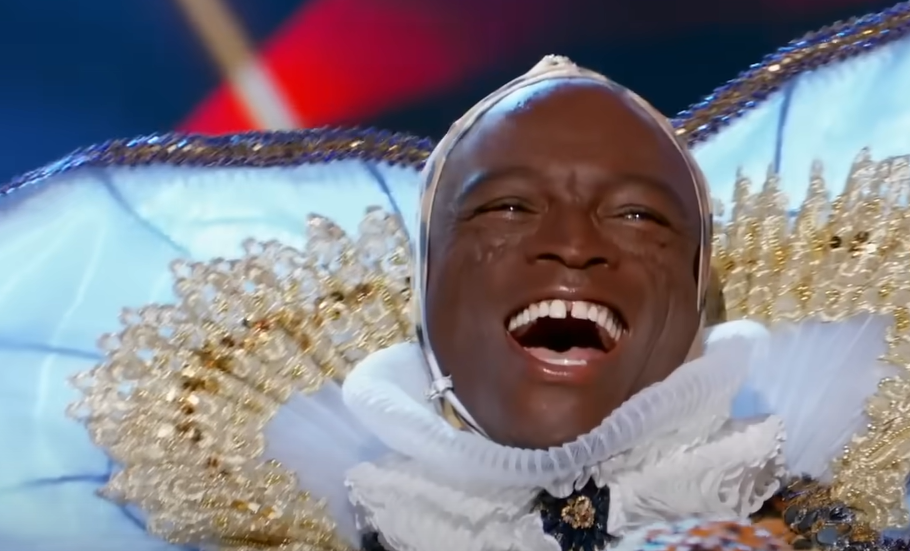 FOX, The Masked Singer (2019 - 2025)
FOX, The Masked Singer (2019 - 2025)
The Costumes Are Often Difficult To Wear
The show’s elaborate costumes are often heavy and difficult to maneuver in. Many also have limited visibility. The show’s host, Nick Cannon, has caught some contestants who came close to falling off the stage.

